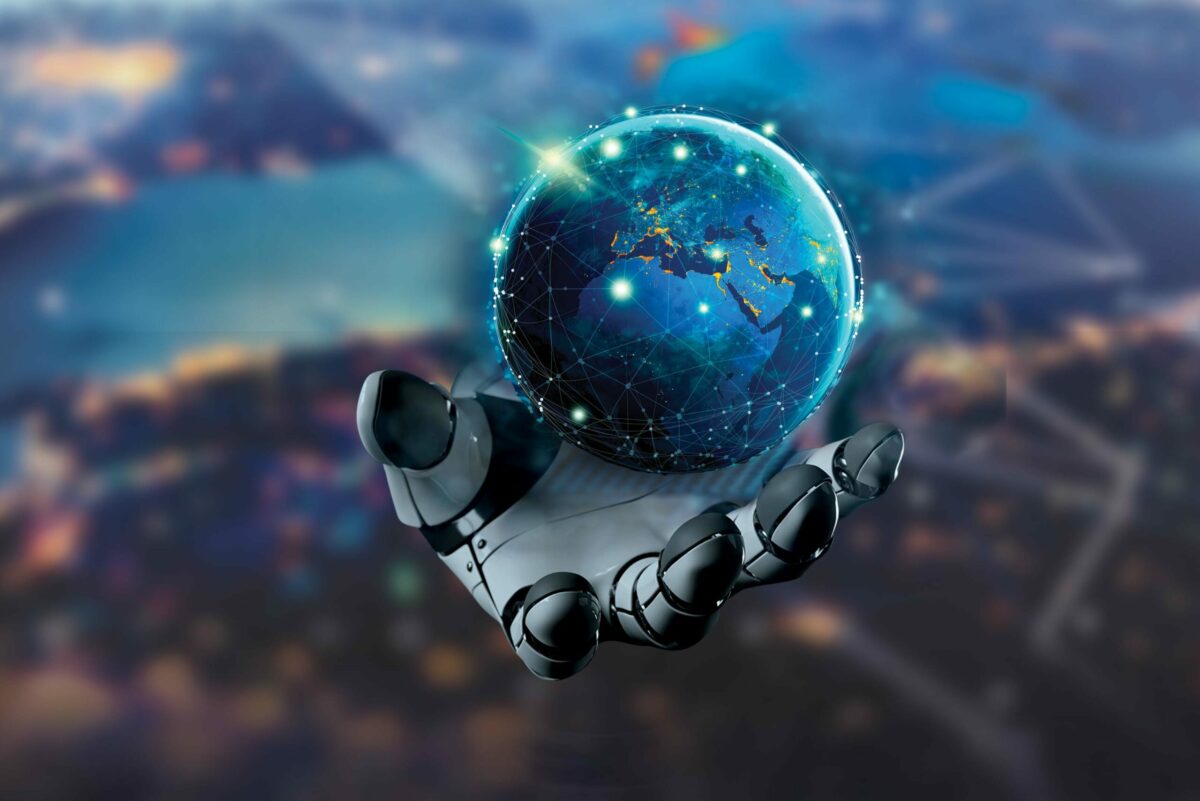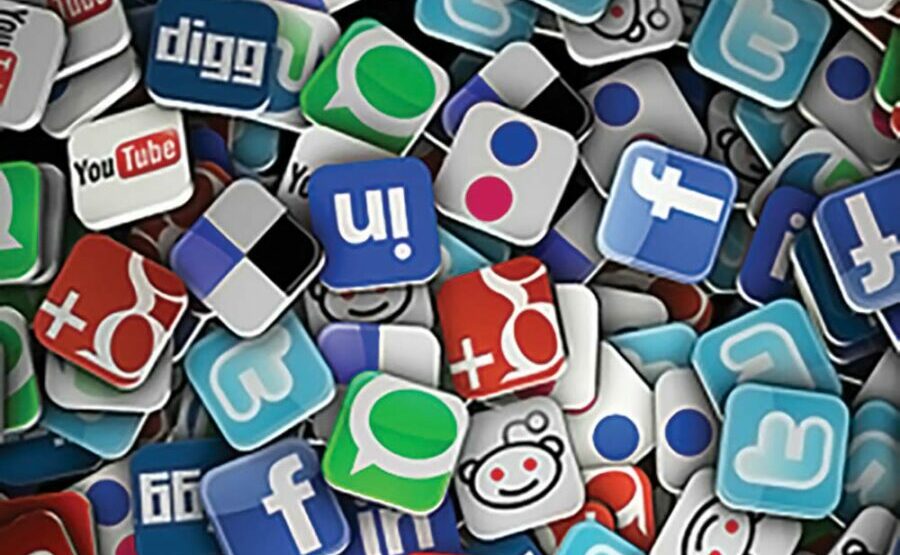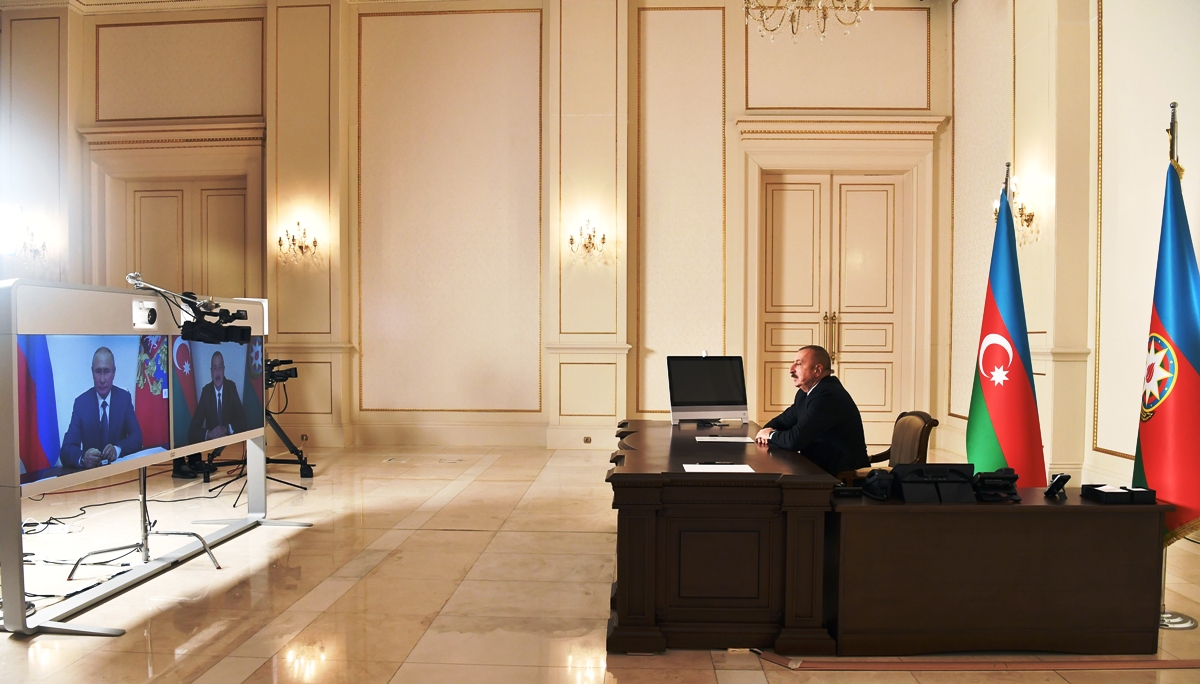by Faheem Ul Islam
Digital diplomacy, distinct from traditional diplomacy, can efficiently and economically enhance a state’s foreign policy efforts when used judiciously. It does not replace traditional diplomacy but complements and strengthens it, serving as an essential element in realizing foreign policy goals.

The term “digital diplomacy” denotes a form of public diplomacy that entails engaging with foreign populations through digital technologies and social media platforms such as Facebook, Twitter, and Weibo, typically at no cost. This concept delves into the utilisation of digital media in diplomacy, exploring how nations leverage these tools to pursue their foreign policies, while also acknowledging the opportunities and challenges inherent in these platforms.
The argument is made that nations should embrace digital diplomacy, recognising its potential benefits, but without displacing traditional face-to-face diplomacy. Both traditional and digital diplomacy exist in harmony, each complementing the other rather than competing.
Internet operations, especially within the realm of digital diplomacy, play a pivotal role in projecting a state’s foreign policy positions to both domestic and international audiences. As articulated by Crabb, “Foreign policy comprises national objectives and the means to achieve them.”
Diplomacy, often referred to as the “engine room” of international relations, involves states employing techniques to articulate their international strategy and coordinate efforts to influence foreign governments. Its objectives encompass maintaining peace, fostering goodwill, and ensuring cooperation or neutrality through dialogue, negotiations, and non-violent means.

Digital diplomacy, as highlighted by Manor and Segev, revolves around countries utilising social media platforms to accomplish foreign policy objectives and manage their global image. This approach operates at the foreign ministry and embassy levels, tailoring messages to local audiences while considering history, culture, and values. Lewis defines digital diplomacy as diplomats using digital communication tools, while Potter and Hanson emphasise diplomatic practices through digital and networked technologies.
Eight policy goals guide digital diplomacy, including Knowledge Management, Public Diplomacy, Information Management, Consular Communications, Disaster Response, Internet Freedom, External Resources, and Policy Planning. These goals harness digital tools to enhance communication, respond to crises, and promote national interests on the global stage.
The Evolution
Since Lord Palmerston expressed early concerns about the telegraph in the 1860s, subsequent technological advancements, including the telephone, fax machines, and the internet, have not spelt the end of diplomacy. In the 1960s, Harold Nicolson criticised the telephone, highlighting potential risks in information transmission. However, Ritto countered, underscoring the telephone’s role in enhancing international relations by facilitating swifter communication between nations.
The fax system, emerging post-1980, revolutionised diplomatic communication by enabling rapid transfer of documents and photos across borders. According to Friedman, the internet has been a pivotal force in global connectivity, levelling the playing field and enabling direct business and information access worldwide. Abbasov noted a gradual shift from telegrams to modern communication tools, signalling a move towards virtual diplomacy.

Contemporary applications, with a focus on social networking and multimedia content, are accelerating the transition from traditional communication methods to internet-based platforms. Grant emphasised the internet’s impact on foreign policy, reshaping the global flow of information. In an increasingly connected world, diplomacy is adapting to technology, with governments using it as a tool for communication, information gathering, and promoting values.
Digital diplomacy seeks to validate information, provide prompt responses, and counter misinformation, aligning with the rapid changes in communication styles and technology.
In Practice
In the dynamic landscape of the twenty-first century, nations are strategically utilising digital platforms, including websites, blogs, and various social media channels, to advance their diplomatic objectives. Twitter has evolved into a significant tool in foreign policy, offering unfiltered information and fostering global participation irrespective of political affiliations or nationalities, as highlighted by Schwarzenbach. The widespread use of cell phones in developing nations has further democratized the exchange of information, empowering citizens and civil society to hold governments accountable for political actions and statements.

The US Department of State has positioned itself as a leader in digital diplomacy, embracing twenty-first-century statecraft to engage with an expanding international audience. This approach acknowledges the influence of new disruptive forces on international relations, prompting a revaluation of diplomatic agendas. Statecraft in the twenty-first century involves broadening perspectives, introducing new instruments, and adapting principles, utilising innovation as a valuable resource.
The US State Department established the Office of Diplomacy in 2002, pioneering eDiplomacy and later evolving into the Office of eDiplomacy. With over 150 full-time social media workers across 25 offices, this initiative aims to enhance knowledge sharing and communication, addressing obstacles that led to the 9/11 attacks. Internally, the State Department maintains Diplopedia, a Wikipedia resource with over 14,000 entries.
Several other nations have also embraced e-diplomacy. The UK FCO’s Office of Digital Diplomacy, along with Sweden, Poland, Japan, Germany, Israel, Russia, and France, actively employs digital tools to shape diplomatic discourse. The extensive use of Twitter by over 4,100 embassies and ambassadors underscores the global impact of digital diplomacy. Despite limited resources, India has emerged as a digital innovation leader in Asia, with Prime Minister Narendra Modi encouraging ambassadors to stay ahead in digital diplomacy and embrace change.
Benefits of Digital Diplomacy
In the contemporary landscape, digital diplomacy has emerged as a crucial element of foreign policy, as states and non-state actors vie for influence in the virtual arena, accessed by over three billion people, predominantly through mobile devices. When executed effectively, digital diplomacy serves as a complement to traditional methods, assisting nations in achieving foreign policy objectives, expanding international influence, and reaching audiences that may not engage with conventional embassies.
Fisher underscores the rapid communication benefits of social media, providing instantaneous connections with people across borders. Social media platforms offer interactive spaces, facilitating increased engagement and contributing to diplomatic objectives.
The cost-effectiveness and user-friendly nature of social media make it an appealing tool for embassies facing budget constraints, enabling dynamic content distribution, including videos, images, and links. Digital technologies play a crucial role in various aspects of public diplomacy, such as communication during emergencies, consular operations, and information processing. While financial investments can yield significant returns, the emphasis is often on cost-cutting. Permyakova stresses the importance of the human element, highlighting the need for workers to acquire new skills, engage with online audiences, process electronic data, and produce relevant information.
Digital diplomacy, distinct from traditional diplomacy, can efficiently and economically enhance a state’s foreign policy efforts when used judiciously. It does not replace traditional diplomacy but complements and strengthens it, serving as an essential element in realising foreign policy goals. Direct engagement with the public and the involvement of non-state actors drive countries to use social media and digital diplomacy to maintain legitimacy and foster relationships in a rapidly changing world.
Risks of Digital Diplomacy
Criticism of digital diplomacy is not absent, particularly regarding social media’s role in politics, which has been deemed risky and ineffectual. Solomon, President of the United States Institute of Peace and a former US Foreign Service officer notes that information about international crises, once taking hours or days for officials and the media to disseminate, is now transmitted in real-time through radio, television, and the internet.
Paradoxically, this rapid information sharing is turning out to be more of a liability for policymakers than a benefit. Digital diplomacy poses risks, including data leaks, hacking, and user anonymity. A prominent example of information leakage is the WikiLeaks episode, where around 250,000 diplomatic cables between US missions worldwide and the State
Hacking, an enduring risk since the inception of the Internet, is another concern. The internet’s “culture of anonymity” further complicates digital diplomacy, as anyone can assume any identity, use any address, or even target anyone. The ease with which individuals can mimic or pose as someone else presents a challenge. Occasionally, advocates and practitioners of digital diplomacy make mistakes. Permyakova reports an incident involving the Swedish foreign minister, Carl Bildt, who tweeted politically incorrect content the night before the 2012 World Economic Forum in Davos, drawing criticism for his remark on world hunger and a lavish dinner.
Conclusion
The transformative era in global diplomacy ushered in by the Internet, particularly through social media, is evident. Twenty-first-century statecraft, or digital diplomacy, as defined by Ross, complements traditional foreign policy tools with innovative instruments, leveraging interconnected networks and technologies.

Diplomats using social media platforms like Facebook and Twitter have gained direct access to citizens globally, facilitating more effective communication and goal accomplishment without traditional filters. While the landscape of traditional diplomacy has evolved, adapting to the information and communication technology revolution, digital diplomacy presents opportunities for addressing social issues and connecting with global audiences. However, it also comes with challenges, including the risk of overreliance on social media. Nonetheless, the benefits of digital diplomacy outweigh the difficulties.
(The author, from Achan, Pulwama, is pursuing a PG in International Relations at Aligarh Muslim University. Ideas are personal)














